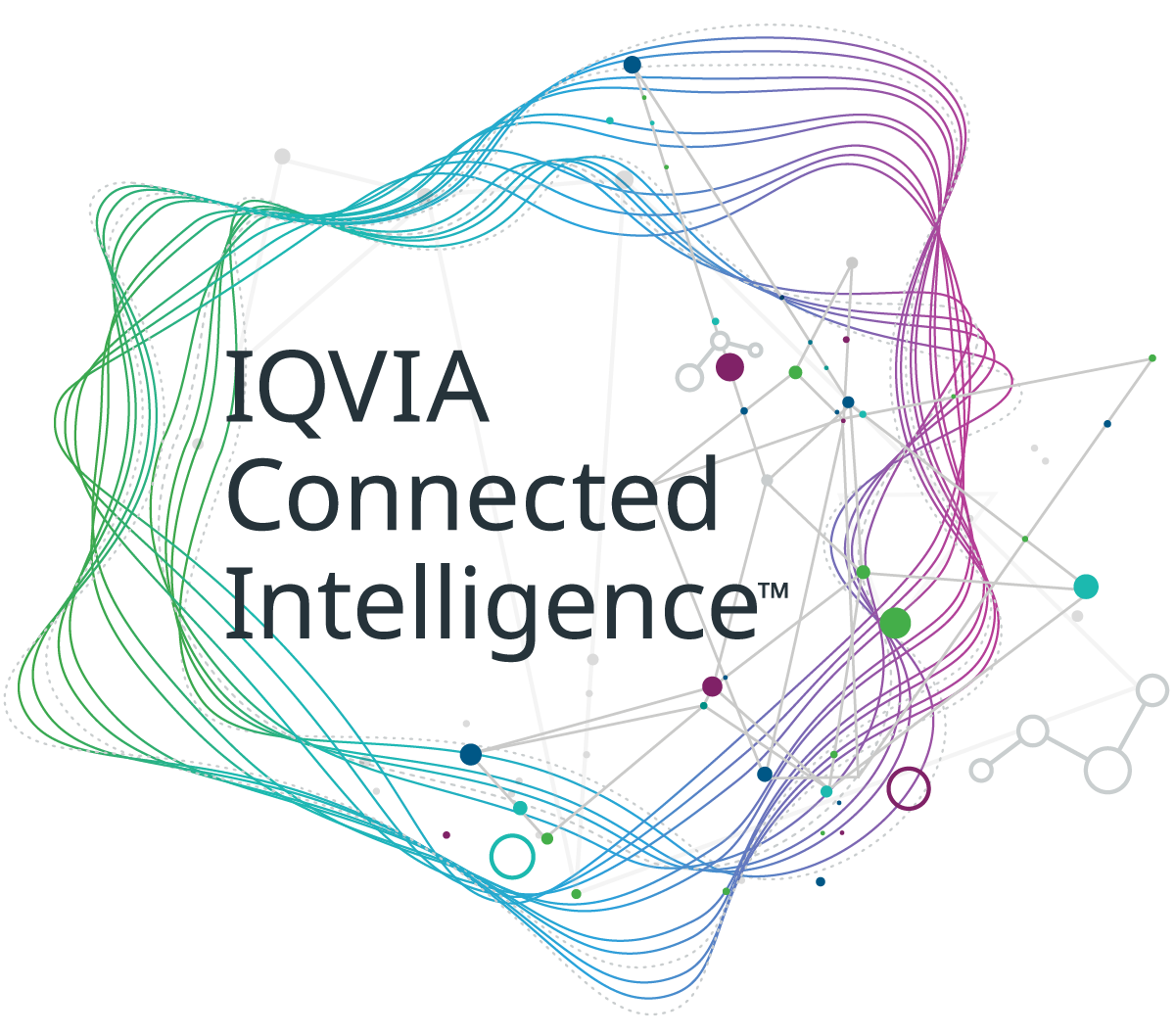-
Americas
-
Asia & Oceania
-
A-I
J-Z

EMEA Thought Leadership
Developing IQVIA’s positions on key trends in the pharma and life sciences industries, with a focus on EMEA.
Learn more -
Middle East & Africa

EMEA Thought Leadership
Developing IQVIA’s positions on key trends in the pharma and life sciences industries, with a focus on EMEA.
Learn more
Regions
-
Americas
-
Asia & Oceania
-
Europe
-
Middle East & Africa
-
Americas
-
Asia & Oceania
-
Europe
Europe
- Adriatic
- Belgium
- Bulgaria
- Czech Republic
- Deutschland
- España
- France
- Greece
- Hungary
- Ireland
- Israel
- Italia

EMEA Thought Leadership
Developing IQVIA’s positions on key trends in the pharma and life sciences industries, with a focus on EMEA.
Learn more -
Middle East & Africa

EMEA Thought Leadership
Developing IQVIA’s positions on key trends in the pharma and life sciences industries, with a focus on EMEA.
Learn more
SOLUTIONS
-
Research & Development
-
Real World Evidence
-
Commercialization
-
Integrated Global Compliance
-
Technologies
LIFE SCIENCE SEGMENTS
HEALTHCARE SEGMENTS
- Information Partner Services
- Financial Institutions
- Public Health and Government
- Patient Associations
- Payers
- Providers
THERAPEUTIC AREAS
- Cardiovascular
- Cell and Gene Therapy
- Central Nervous System
- GI & Hepatology
- Infectious Diseases and Vaccines
- Oncology
- Pediatrics
- Rare Diseases
- View All

Harness the power to transform clinical development
Reimagine clinical development by intelligently connecting data, technology, and analytics to optimize your trials. The result? Faster decision making and reduced risk so you can deliver life-changing therapies faster.
Research & Development OverviewResearch & Development Quick Links

Real World Evidence. Real Confidence. Real Results.
Generate and disseminate evidence that answers crucial clinical, regulatory and commercial questions, enabling you to drive smarter decisions and meet your stakeholder needs with confidence.
REAL WORLD EVIDENCE OVERVIEWReal World Evidence Quick Links

See markets more clearly. Opportunities more often.
Elevate commercial models with precision and speed using AI-driven analytics and technology that illuminate hidden insights in data.
COMMERCIALIZATION OVERVIEWCommercialization Quick Links

Service driven. Tech-enabled. Integrated compliance.
Orchestrate your success across the complete compliance lifecycle with best-in-class services and solutions for safety and quality.
COMPLIANCE OVERVIEWIntegrated Global Compliance Quick Links

Intelligence that transforms life sciences end-to-end.
When your destination is a healthier world, making intelligent connections between data, technology, and services is your roadmap.
TECHNOLOGIES OVERVIEWTechnology Quick Links
CLINICAL PRODUCTS
COMMERCIAL PRODUCTS
COMPLIANCE, SAFETY, REG PRODUCTS
BLOGS, WHITE PAPERS & CASE STUDIES
Explore our library of insights, thought leadership, and the latest topics & trends in healthcare.
DISCOVER INSIGHTSTHE IQVIA INSTITUTE
An in-depth exploration of the global healthcare ecosystem with timely research, insightful analysis, and scientific expertise.
SEE LATEST REPORTSFEATURED INNOVATIONS
-
Connected Intelligence
-
AI & Machine Learning
-
Human Data Science Cloud
-
IQVIA Innovation Hub
-
Decentralized Trials
-
Genomics
WHO WE ARE
- Our Story
- Commitment to Public Health
- Code of Conduct
- Environmental Social Governance
- Privacy
- Executive Team
NEWS & RESOURCES

Unlock your potential to drive healthcare forward
By making intelligent connections between your needs, our capabilities, and the healthcare ecosystem, we can help you be more agile, accelerate results, and improve patient outcomes.
LEARN MORE
AI & Machine Learning with a healthcare IQ.
Artificial intelligence is accelerating opportunities. Realizing the benefits for healthcare requires the right expertise. Together, we can solve the problems of today, and drive the breakthroughs of tomorrow.
LEARN MORE
Your healthcare data deserves more than just a cloud.
The IQVIA Human Data Science Cloud is our unique capability designed to enable healthcare-grade analytics, tools, and data management solutions to deliver fit-for-purpose global data at scale.
LEARN MORE
Innovations make an impact when bold ideas meet powerful partnerships
The IQVIA Innovation Hub connects start-ups with the extensive IQVIA network of assets, resources, clients, and partners. Together, we can help lead the future of healthcare with the extensive IQVIA network of assets, resources, clients, and partners.
LEARN MORE
Proven, faster DCT solutions
IQVIA Decentralized Trials deliver purpose-built clinical services and technologies that engage the right patients wherever they are. Our hybrid and fully virtual solutions have been used more than any others.
LEARN MORE
Unlock the power of genomic research.
IQVIA enables genomic research via global access to a network of genomic-clinical data, proprietary technologies that enable federated analytics, and therapeutic area & bioinformatics expertise to help you answer your most pressing research questions.
LEARN MOREWORKING AT IQVIA
Our mission is to accelerate innovation for a healthier world. Together, we can solve customer challenges and improve patient lives.
LEARN MORELIFE AT IQVIA
Careers, culture and everything in between. Find out what’s going on right here, right now.
LEARN MORE
WE’RE HIRING
"Improving human health requires brave thinkers who are willing to explore new ideas and build on successes. Unleash your potential with us.
SEARCH JOBS- Blogs
- Risk Adjustment in the Age of Artificial Intelligence
Adoption of natural language processing (NLP) technology has accelerated across many industries in recent years as stakeholders seek to improve the speed and accuracy of documentation reviews. In healthcare, however, NLP adoption has been a bit slower.
Yet several trends are now emerging that make the use of NLP more essential for healthcare organizations seeking to improve risk adjustment and other critical business functions. For example, patient populations are increasing and the number of patients eligible to enroll in risk-bearing programs such as Medicare Advantage is growing. In addition, the amount of healthcare data is exploding and outpacing many other industries, according to RBC Capital Markets. In this blog, I will outline some key changes in the Risk Adjustment market that make NLP a necessity in this space. First – a bit more on NLP in healthcare.
NLP’s role in healthcare
In short, NLP is a technology that ingests unstructured text, processes it using artificial intelligence (AI) and other techniques, and converts that text into structured information suitable for analysis by algorithms or humans.
However, it’s important to note that one person's NLP is not necessarily another person's NLP. The technology encompasses far more than just finding words and key terms – it is much more sophisticated than that. For example, NLP is able to understand all of the different synonyms, words, abbreviations, and misspellings in medical records, as well as the many different contexts that doctors write in patient notes – such as negation and family history.
At Linguamatics, we combine best-in-class artificial intelligence with NLP, then package it within a lean and scalable solution. Our solution can ingest a variety of different healthcare document formats that the industry processes on a daily basis to deliver improved accuracy of coding. This technology provides a significant depth of understanding and processing of records to put as much relevant information in front of coders to substantially reduce the time spent analyzing manual charts.
NLP for risk adjustment and beyond
Risk Adjustment is one area in healthcare where the uptake of NLP has been faster than others. This rate of adoption is only going to increase, thanks largely to two changes in the risk adjustment market.
Firstly, perhaps the most pressing trend is the recent final Risk Adjustment Data Validation (RADV) rule issued by the U.S. Centers for Medicare and Medicaid Services (CMS), which has increased regulatory pressure on healthcare organizations to ensure accurate risk adjustment. The rule is intended to make it easier for CMS to claw back overpayments to healthcare organizations that were awarded as a result of faulty risk adjustment. Therefore – the use of accurate NLP to identify clinical conditions and their supporting evidence (as per the Monitor Evaluate Assess Treat – MEAT framework) is vital. Secondly, the Medicare Advantage risk adjustment model is due to change from V24 to V28 over the upcoming three years. These changes will significantly reduce the number of risk adjustable conditions, therefore, technologies which support accurate and complete capture of a member’s health are a necessity for organizations looking to ensure they don’t lose funding needed to provide care for their chronically ill members.
It is important that NLP is not thought of as a tool to just add codes to members. It is a tool, that if used appropriately and fairly, can:
- Ensure accurate coding – in terms of both “additions” and “deletions” (removal of claims where there is no substantiating evidence)
- Increase regulatory compliance – and the evidence of compliant risk adjustment coding
- Support audit teams in the compliance reviews
- Augment a stretched workforce
In addition to risk adjustment, there are numerous healthcare use cases that can benefit from the implementation of NLP. Here are three notable examples:
Improving STARS ratings: NLP can scour clinical documentation to find both denominator and numerator criteria from unstructured medical records in quality programs such as HEDIS. For example – identifying patients who had had Falls Screenings or mammograms.
Closing care gaps: NLP algorithms can mine clinical data to find specific disease features that indicate growing patient risk, enabling earlier interventions that can sometimes be lifesaving for patients.
Identifying social determinants of health: On a daily basis in healthcare settings, doctors capture huge volumes of clinically important information that provides insights into patients’ social circumstances and risk, such as transportation access, employment status, and living situation. NLP surfaces this data, which is growing increasingly important in value-based care arrangements – and will soon become part of NCQA quality measures.
Given an environment characterized by a growing patient population, a vast expansion of healthcare data, and a tightening regulatory climate, now is the time for organizations to consider how they can adopt and implement NLP technology to optimize risk adjustment.
If you would like to learn more, attend our upcoming webinar.












